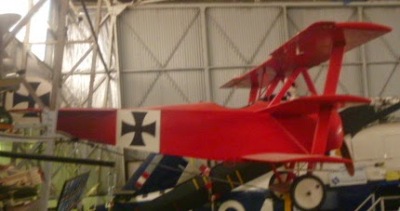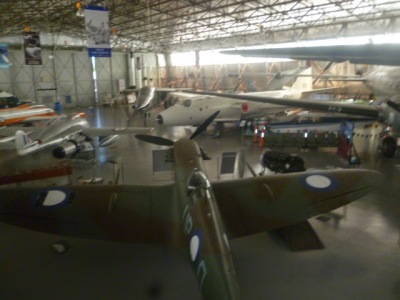 |
| They’ve managed to cram quite a lot of planes in here |
Okay, it can be a little difficult to locate (and we did spend about fifteen minutes driving around the back streets of Port Adelaide, though we were looking for a rear entrance (which didn’t actually exist) before we found the entrance behind the train museum and crossed the old railway yards to a large hanger in the middle of an empty paddock. Okay, there are signs pointing to it, however, as I suggested, we were looking for the rear entrance that in the end didn’t exist (or if it did it required four-wheel drive access – so I was not keen on taking my Dad’s car along that route).
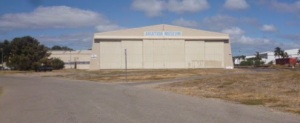 |
| Despite it’s size, it is easy to miss. |
Apparently the hanger itself is also an exhibit, which I found a little odd because I don’t ever remember there being an airport around this part of Adelaide (but then again it could have been moved, or the airport could have been here way before my time – but I am probably not in a position to speculate). The other thing about this museum is that they have an F-111, which they have proudly on display not only in the hanger but on the numerous signs leading to the museum, as well as on the website.
Anyway, here it is:
 |
| So, now you have seen it. |
This is what it looks like from the front:
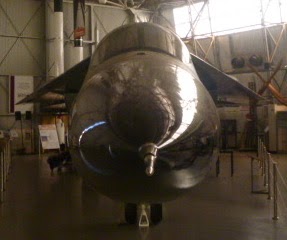 |
| Don’t look all that impressive |
And this is what it looks like from the rear:
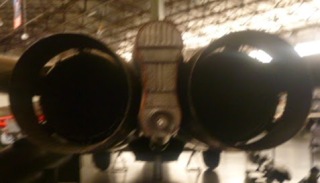 |
| I hope they keep the engines off |
Mind you, it’s not as if it is the only Aviation Musuem with an F-111, even in Australia. As the display said: the government paid a bucket load of money for them, refitted them to turn them into a reconnaissance plane, and then decided to retire the lot of them (good to see the government spending our money wisely), so instead of assigning them to the scrap heap (or some aeroplane graveyard in the middle of the desert) they offered to give a number of them to some aviation museums, and it turned out that this museum was one of them. Mind you, the museum doesn’t actually own the plane – it remains the property of the Royal Australian Airforce (not doubt so that they are not tempted to on sell it for a couple of billion dollars).
Anyway, you would be forgiven to think that the only thing of interest in this place is the F-111 (though it is still a major draw card) but there are actually quite a few other aircraft here was well. Okay, unlike the Classic Jet Fighter Museum, you can’t climb into many of the cockpits (actually I believe there was only one cockpit you could climb into), but you can climb aboard a few of the planes (just not the F-111, in case you decide to start the engines and steal it). For instance, there is the Seahawk Helicopter:
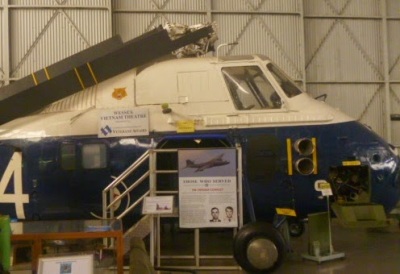 |
| I couldn’t get it to fly |
From crawling around inside the first thing that jumped out at me was that this was certainly not the most comfortable way to travel, which makes me feel for the people that were crammed into the back. Also the wiring was all exposed, though surprisingly my friend, who is always criticising other people’s attempts at wiring (especially the government) did not seem to be overtly concerned about the exposed wires in here. When I asked him about it he mumbled something about military aircraft generally having exposed wiring (probably because they aren’t carrying ignorant civilians like myself). Anyway, you could even look inside the engine, or at least in one of the hatches that were open at the bottom of the aircraft (actually, I don’t think it was the engine because it is a helicopter, and I always thought the engine would be on the roof).
Another plane that we climbed aboard looked like a scientific research plane, or it could have been a military reconnaissance plane, I really wasn’t sure, but it did have some large 1950s (or 60s, or even 70s) computers inside. This is what the plane looked like from the outside.
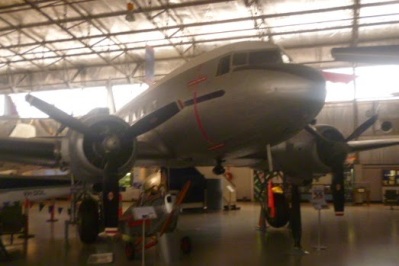 |
| Those propellers suggest that it is somewhat obsolete |
And these are the computers that I saw when I went inside:
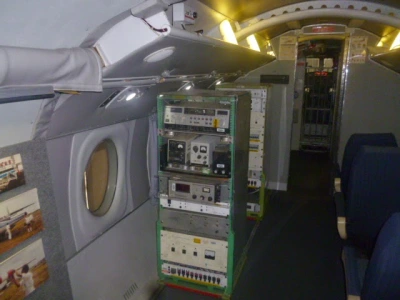 |
| My laptop is more powerful than those things |
Actually, speaking about laptops, I suspect that these days the CSIRO planes (if they still have any) probably don’t have massive computers in them anymore, just a bunch of scientists sitting in their seats playing on their laptops. Actually, knowing scientists (or at least the ones I knew at university) they are probably not even doing work on their computers but rather playing Call of Duty with each other. I can just imagine them doing so (especially since my Dad, who is also a scientist, played Call of Duty). Scientists seem to have an affinity with games that involve blowing people away – but then that shouldn’t come as a surprise from the group of people that invented the atomic bomb (actually, lets not go down that road).
So, moving on from that last overtly political statement (apologies to any scientists that may actually be reading this) the museum had more than just military planes – they also had civilian planes. Okay, the hanger certainly wasn’t large enough to house an actual Boeing 747, so they had to resort to models, such as these:
 |
| I’m sure Ansett still have a few planes lying about |
They even have some full sized planes, such as this Cesna:
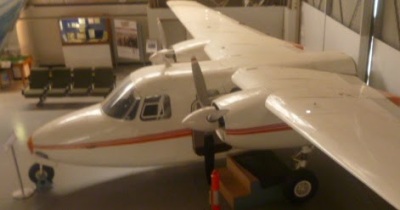 |
| Though it looks like they closed the door on the tail |
As well as planes, they have a number of parts scattered about the museum (though they were in no particular order), such as this propeller:
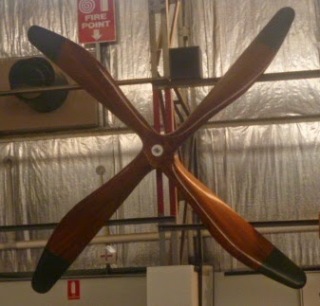 |
| Its been a long time since they made propellers like this |
As well as a number of engines – including this one:
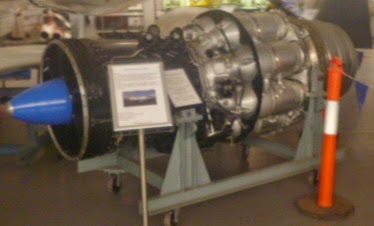 |
| Unfortunately it won’t fit in my car |
Mind you, it isn’t just modernish planes that they have here because, as I have suggested, it is more of a mishmash of anything and everything aeronautical, such as this really old bi-plane:
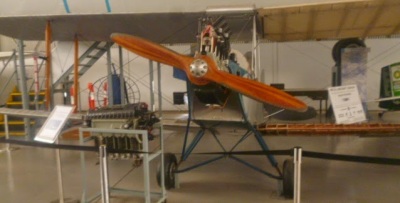 |
| It probably remembers World War I |
And this Spitfire:
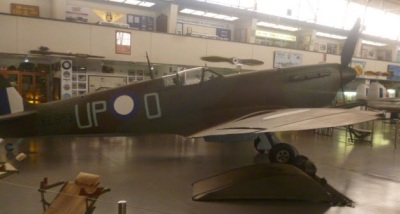 |
| It probably was the star attraction before the F-111 |
Oh, and I can’t forget what looks like the gunner’s pod from a Flying Fortress:
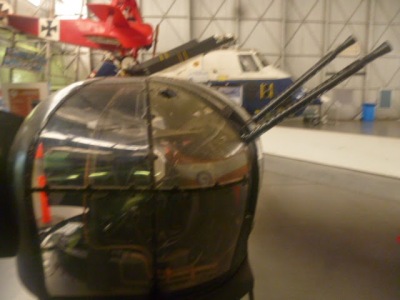 |
| They wouldn’t let me shoot off the machine guns |
 |
| Now I know how Luke Skywalker felt |
As I have suggested previously, this museum has more than just aircraft, it also has things related to aircraft, which is not surprising since it is an aviation museum. However, I suspect that most of the people that come here simply come here for the planes (and I know that as a kid I would have been much more interested in the aircraft than the numerous other displays around the place – such as the tribute to the Australian aviation heroes, none of which I had ever heard of by the way). However, along with the planes, they also had a wall that was covered in wreckage from planes that had met an unfortunate end:
 |
| Though it was hidden in a back alcove |
As well as a bunch of stuff (I would hardly call them collectables) that you pick up when you travel on a commercial airline:
 |
| Looks like the contents of a box in my back shed |
Of course, an Australian aviation museum would not be an Australian aviation museum if they did not have a Jindavik:
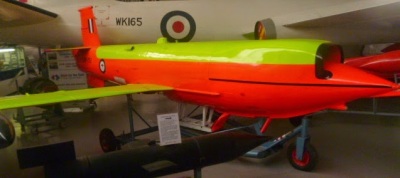 |
| The original predator drone |
Okay, there is heaps more in this museum, such as an old machine gun, an ultralight, some control tower terminals, as well as a few bombs and rockets, however if I show them all here then you probably won’t need to go to the museum itself to climb aboard the aircraft and to marvel at the spitfire and the F-111 (if that is what you like doing of course). Okay, you may not live in Adelaide, and there are a number of other aviation museums around the country (including a the aviation museum in Woolongong that has its very own 747), but if you are in Adelaide, and have made a trip to Port Adelaide to see the train museum, you might as well pop around the corner and check this place out as well (especially since you get a discount if you have been to the other museum). Hey, my friend and my brother thought it was pretty cool.
Before I forget, I here is the video of the 747 landing at Woolongong:
